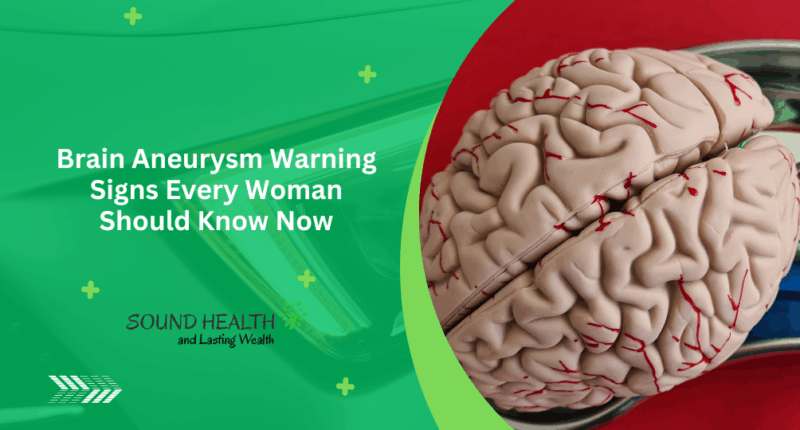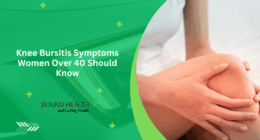Kim Kardashian’s recent brain aneurysm scare has brought renewed attention to a medical condition that often goes undetected until it becomes life-threatening. A brain aneurysm is a critical health issue that affects many, but awareness remains limited. Understanding its symptoms, risk factors, and treatment options can be vital not only for women but for anyone concerned about brain health. This article offers clear insights from leading physicians and medical experts, highlighting what to watch for and how to respond promptly.

What Is a Brain Aneurysm?
“A brain aneurysm is a weak spot in the artery wall that causes it to bulge out,” explains Sirisha Vadali, MD, a board-certified non-invasive cardiologist and advanced lipidologist. This ballooning occurs when a portion of the artery loses its elasticity and strength, developing a sac-like dilation. While it may sound alarming, Dr. Vadali reassures that most aneurysms are benign, remain small, and do not cause problems. However, when an aneurysm grows or ruptures, it leads to serious complications like hemorrhagic stroke, brain damage, or death.
Common Risk Factors for Brain Aneurysms
Identifying the risk factors is crucial for early detection and prevention. According to Mia Kazanjian, MD, a board-certified radiologist specializing in breast and body imaging, several factors increase the likelihood of aneurysm formation, particularly among women:
High blood pressure: Hypertension weakens artery walls.
Smoking: Tobacco toxins damage vascular structures.
Genetic predisposition: Family history plays a role.
Age and gender: Women over 40, especially postmenopausal, have a higher risk.
Other medical conditions: Polycystic kidney disease and connective tissue disorders impact arterial health.
Recognizing these factors allows individuals to manage their health proactively and seek medical advice if needed.
Can Stress Cause a Brain Aneurysm?
Stress is often linked to numerous health conditions, but can it cause a brain aneurysm? While chronic stress does not directly create aneurysms, it can exacerbate existing risk factors. Prolonged stress elevates blood pressure and triggers inflammation in blood vessels, making artery walls more vulnerable to weakening. Dr. Kazanjian notes, “Stress alone is unlikely to initiate an aneurysm, but it can worsen factors that contribute to its development.” Managing daily stress through relaxation techniques, exercise, and professional support remains essential in reducing overall vascular risk.

Brain Aneurysm Symptoms You Should Never Ignore
Many brain aneurysms grow silently, presenting no immediate symptoms until they reach a critical point. However, certain warning signs should prompt urgent medical evaluation, especially in women who are statistically more prone to this condition. Key symptoms include:
Sudden, severe headache described as the worst in life
Visual disturbances such as blurred or double vision
Neck stiffness or pain
Nausea or vomiting without an obvious cause
Sensitivity to light
Loss of consciousness or seizures
Weakness or numbness on one side of the body
Difficulty speaking or confusion
Ignoring these symptoms can have devastating consequences. One illustrative case involved a woman who initially mistook her severe headache for migraine but later discovered an unruptured aneurysm during a routine scan.
Do You Really Need a Routine MRI?
Routine MRI screening for brain aneurysms in the general population is not widely recommended due to cost-effectiveness and the low occurrence of dangerous aneurysms. However, individuals with specific risk factors might benefit from imaging. For instance, those with a strong family history or connective tissue disorders should consult a neurologist or radiologist about the feasibility of obtaining an MRI or CT angiography.
Kim Kardashian’s scare has underscored this dilemma. Though she lacked severe symptoms, her medical team opted for scans due to her risk profile, illustrating how personalized decisions in healthcare are essential. Dr. Vadali emphasizes, “Deciding on screening should always involve a detailed discussion with your doctor to weigh risks and benefits.”
Brain Aneurysm Treatment Options
Treatment for brain aneurysms depends on their size, location, and whether they have ruptured. Options include:
Monitoring: Small, asymptomatic aneurysms may be watched with periodic imaging.
Surgical clipping: A neurosurgeon places a clip on the aneurysm’s base to prevent rupture.
Endovascular coiling: Minimally invasive, coils are inserted to induce clotting within the aneurysm, sealing it off.
Lifestyle management: Controlling blood pressure, quitting smoking, and managing stress reduce aneurysm growth risk.
Prompt intervention can save lives. Medical advances have significantly improved outcomes, with survival rates rising when treated early.

Conclusion
Kim Kardashian’s experience has cast light on brain aneurysms, encouraging women to understand the symptoms and risk factors better. With expert guidance, you can recognize warning signs, assess your own risks, and make informed decisions about screening and treatment. Remember, while most aneurysms do not pose immediate danger, vigilance and timely medical care are key to maintaining brain health and safety.
Also Read | Kim Kardashian Reveals Brain Aneurysm Diagnosis Linked to Divorce Stress










